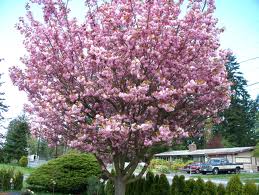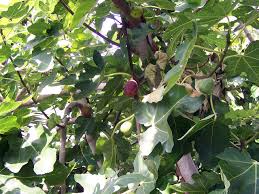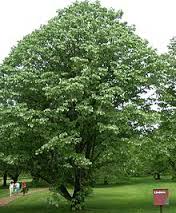A Summer of Symbolism continues…
Will the real Tree of Life please wave your branches! Did you know that almost every culture has its own Tree of Life.
Trees are symbolic. They provide food for eating and wood for making life’s necessities ( shelter, weapons, bowls etc) So it’s no wonder trees have deep roots in humankind’s collective conscience.
Below is a brief look into some of our most symbolic trees.
Acacia: Its sacred wood was used to build the Ark of the Covenant. A few of its parts are used for incense.
Almond: A Tree of Heaven in Persia, this tree represents divine grace and esoteric truth.
Banyan: This tree houses demons and naughty spirits in the Philippines, but graces Indonesia ‘s coat of arms. To Hindus, its wide canopy is symbolic of eternity, whereas the equally wide-spreading roots are linked to the spirit world.
Baobob: In many African cultures this is the Tree of Life because of its height, resilience, and long life.
Cherry: This tree is emblematic of the transitory nature of youth. Bossoming today and  gone tomorrow.
gone tomorrow.
Cyprus: In western cultures, it’s symbolic of death and grief, and also associated with the gods of the underworld. In the east it is a phallic symbol, representative of virility and immortality.
 Fig: Lots of symbolism for this tree! As a bearer of fruit, it’s symbolic of abundance and prosperity. It is linked to moral instruction in Buddhism. The fig leaf covers up all the manly parts in many a chaste painting and sculpture. In Egypt or thereabouts, the tree was deemed the Tree of Life.
Fig: Lots of symbolism for this tree! As a bearer of fruit, it’s symbolic of abundance and prosperity. It is linked to moral instruction in Buddhism. The fig leaf covers up all the manly parts in many a chaste painting and sculpture. In Egypt or thereabouts, the tree was deemed the Tree of Life.
Holly: Symbolic of hope and and joy, the tree is linked to Holle, a german goddess. The red berries are representative of the blood required to bestow everlasting life.
Ginkgo: Used by the Chinese for medicinal purposes, this tree is symbolic of love and hope.
Linden: Emblematic of happiness, beauty, and friendship, Europeans saw this supposed lightning proof tree as a symbolic guardian.
lightning proof tree as a symbolic guardian.
Laurel: Victory and peace. The first crowns were made of laurel.
Mulberry: This tree wards off evil according to the Chinese, and because silkworms consume its leaves, the tree is associated with wealth and sensuality.
Oak: Symbolic of manliness and bravery, this tree is revered by the Celts and used for divining purposes.
Olive: Representative of glory, immortality, and peace, this tree is sacred in Judeo-Christian religions. Remember, It was an olive branch in the beak of a dove ( a symbolic bird–but that’s the next blog) that signified the end of Noah’ s cruise.
Palm: Associated with fertility and victory, this tree was also dubbed the Tree of Life in Arab and Egyptian lands.
Peach: Believe to be a demon repellent, this tree is also is one of the 3 Blessed Fruits in Buddhism.
Pine: Evergreens are associated with immortality, and this tree is no exception. Add virility and strength of character, and you have a tree favored by Bacchus ( Roman party god).
Plum: It’s representative of happiness and good fortune by the Japanese, but a symbol of virginity and beauty for the Chinese.
Tamarisk: The Tree of Life in the Middle East, this has a sweet resin that some believe is the “manna” from the bible. It is symbolic of divine grace in the Jewish religion.
 Willow: In western cultures, the weeping willow is associated with mourning and the devil. Eastern cultures associate the tree with feminine grace and spring.
Willow: In western cultures, the weeping willow is associated with mourning and the devil. Eastern cultures associate the tree with feminine grace and spring.
Yew: Immortality and magic! Celts crafted their wands and bows from its wood.
Note: I teach literary analysis ( must pay the bills) and remind my students to look closely at the symbolism in a novel. Why did the author include that fruit? Or name the character Neil? Why is the protagonist sitting under a pear tree? Why is her dress blue? Before jumping to any symbolic conclusions however, we look at the symbol in context of setting, history, and culture.
- Related Links: Rock Your Writing; Symbolism & more symbols;
- Click Amazon link to novels.
















